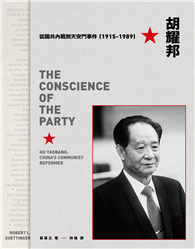The New Home Mission of the Church, penned by William Payne Shriver and originally published in 1919, offers a compelling vision for the role of Protestant churches in addressing social challenges within the United States. Shriver examines the evolving landscape of American society and calls for a re-evaluation of traditional missionary approaches. He emphasizes the importance of understanding and engaging with the unique needs of diverse communities, advocating for a more comprehensive and socially conscious mission. This book serves as a valuable historical document, shedding light on the priorities and concerns of early 20th-century church leaders as they grappled with issues of urbanization, immigration, and social inequality. It provides insights into the historical development of home missions and the changing role of the church in American society. Its enduring appeal lies in its thoughtful analysis of the church’s responsibility to serve and uplift communities, making it relevant for contemporary readers interested in the intersection of faith and social action.
This work has been selected by scholars as being culturally important, and is part of the knowledge base of civilization as we know it. This work was reproduced from the original artifact, and remains as true to the original work as possible. Therefore, you will see the original copyright references, library stamps (as most of these works have been housed in our most important libraries around the world), and other notations in the work.
This work is in the public domain in the United States of America, and possibly other nations. Within the United States, you may freely copy and distribute this work, as no entity (individual or corporate) has a copyright on the body of the work.
As a reproduction of a historical artifact, this work may contain missing or blurred pages, poor pictures, errant marks, etc. Scholars believe, and we concur, that this work is important enough to be preserved, reproduced, and made generally available to the public. We appreciate your support of the preservation process, and thank you for being an important part of keeping this knowledge alive and relevant.










